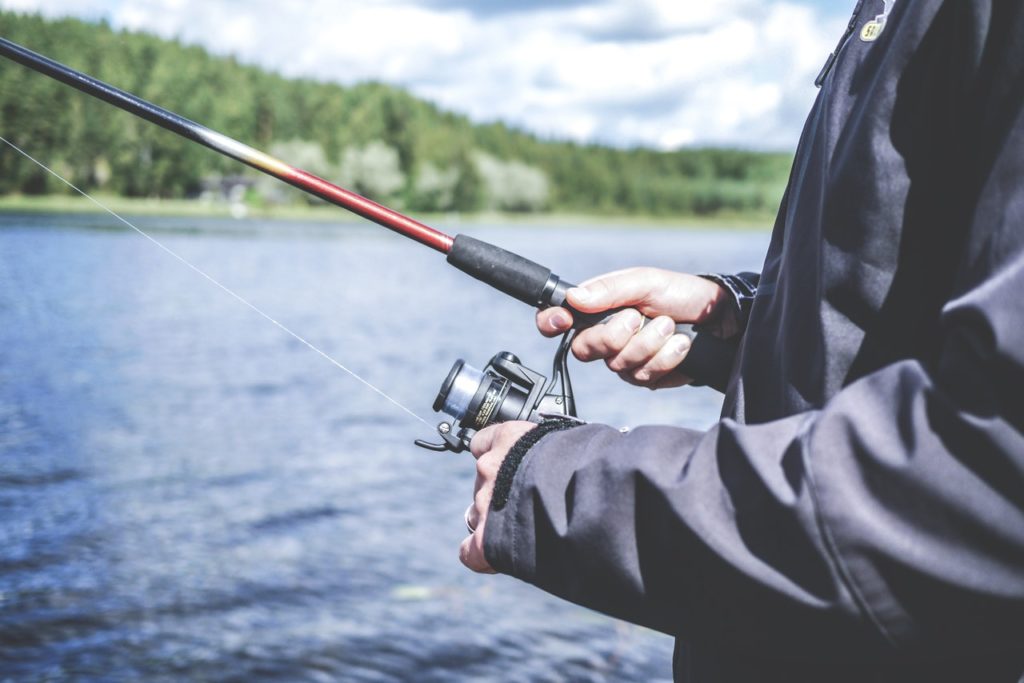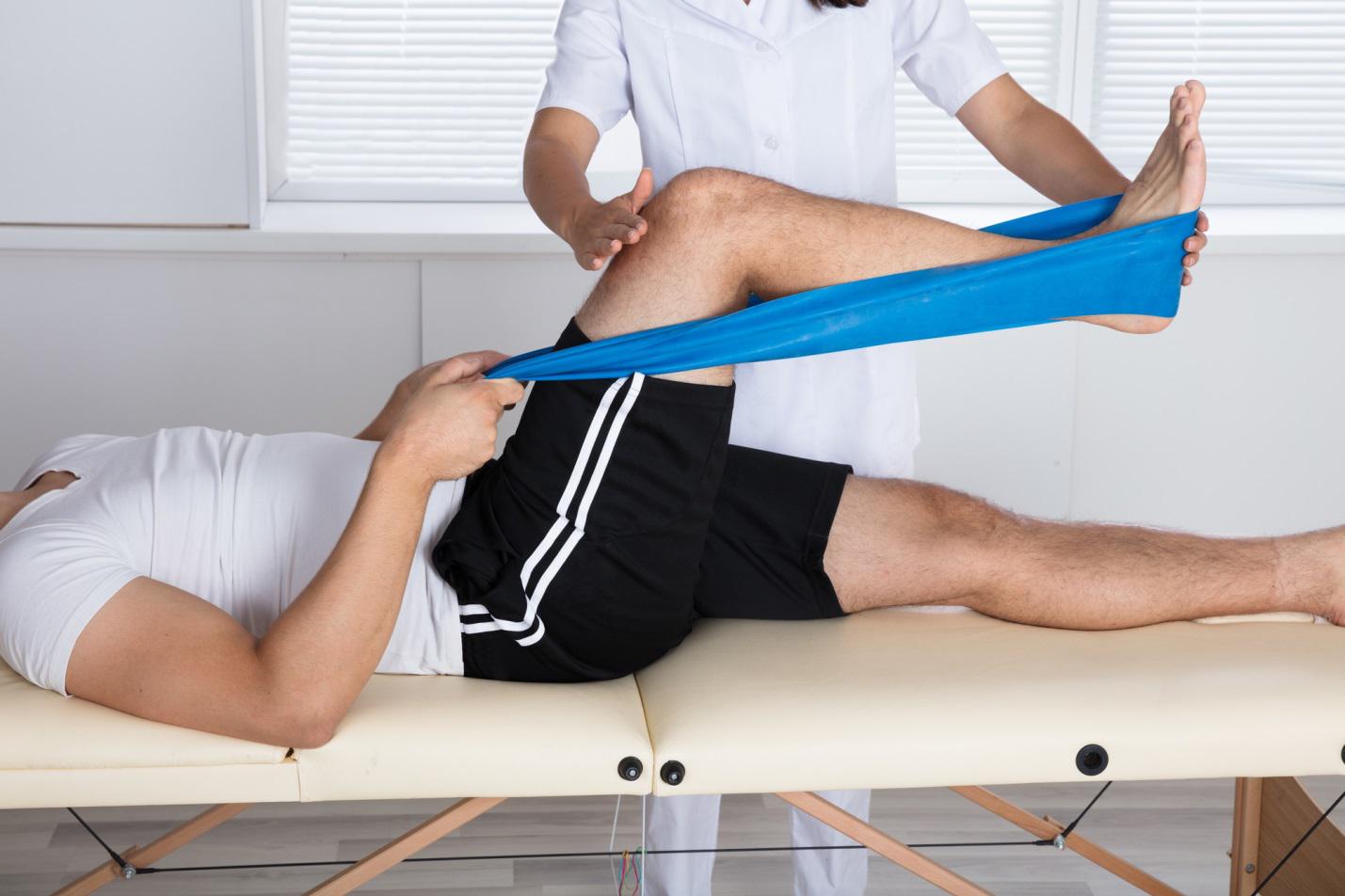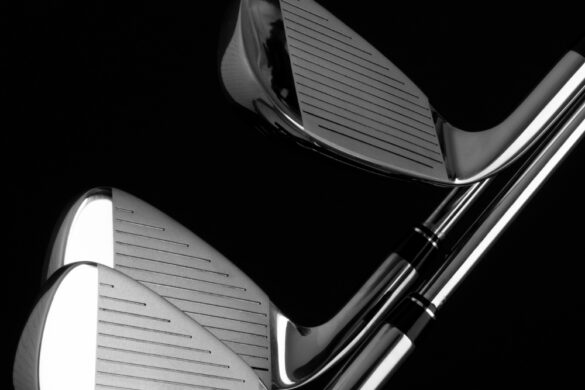
Getting a fishing knife is a good idea if you’re a newbie when it comes to angling. You wouldn’t even believe the myriad of circumstances that such a tool can help you. Whether you plan to cook your catches or cut some line, the fact of the matter is that a knife will always come in handy.
There are roughly two kinds of fishing knives available for sale these days. Some are used to prepare the fish per se if you want to cook it either after having caught it or once you’ve gotten back home. Others are fillet knives, which means that they can be used to clean your catch thoroughly. Of course, if you want to make sure that your tool is as versatile as possible, you can always opt for a multi-tool knife.
Some of the factors that you will have to consider if you want to get the right product for your specific needs are the size, the number of blades, and the material they have been constructed from. The dimension of the blade also needs to be given some thought to as a 2-inch option can make a good choice for cutting line, but it is rather clear that it can’t do much in other situations.
When tackling the matter of knife size, something that’s often ignored by people is their local legislation. In Chicago, you cannot be caught carrying a utility knife whose blade is longer than 2.5 inches, and in a way that makes sense because the world would not be a safe place if there weren’t for such restrictions. So, even if you’re getting out of the house, into your car, and then driving to your angling location, you have to make sure that you’re not breaking the law by owning a bigger knife.
If you’re all for comfort, ease of use, and convenience, you might prefer a Swiss Army knife because it comes with a variety of blades that you can utilize to skin an animal, cut your line, and scrape the scales off a fish. Unfortunately, these models tend to last less compared to their single-blade counterparts because they are typically used too often and for too many purposes. Their main components have to be a lot more rugged than those of a single-blade knife, and they can’t be made out of a single metal piece going from the tip to the end of the handle. However, if you don’t plan to rely on the services of your multi-tool knife every week, you can safely opt for this choice.
Many people tend to forget that sometimes, simplicity beats everything else. Most of the products manufactured for a single purpose, be they appliances or tools, are often better at what they’re supposed to do than their multi-purpose counterparts. That is why, in many cases, you will find that single-blade alternatives are more reliable than Swiss Army knives, for instance, particularly if your budget doesn’t allow you to get an expensive quality multi-tool.
Once you have a knife that will take care of all your post-catch finning, gutting, and filleting needs, this sport will become more of a pleasure and less of a chore.









